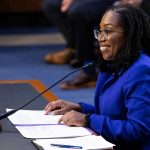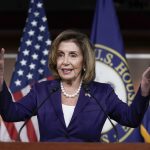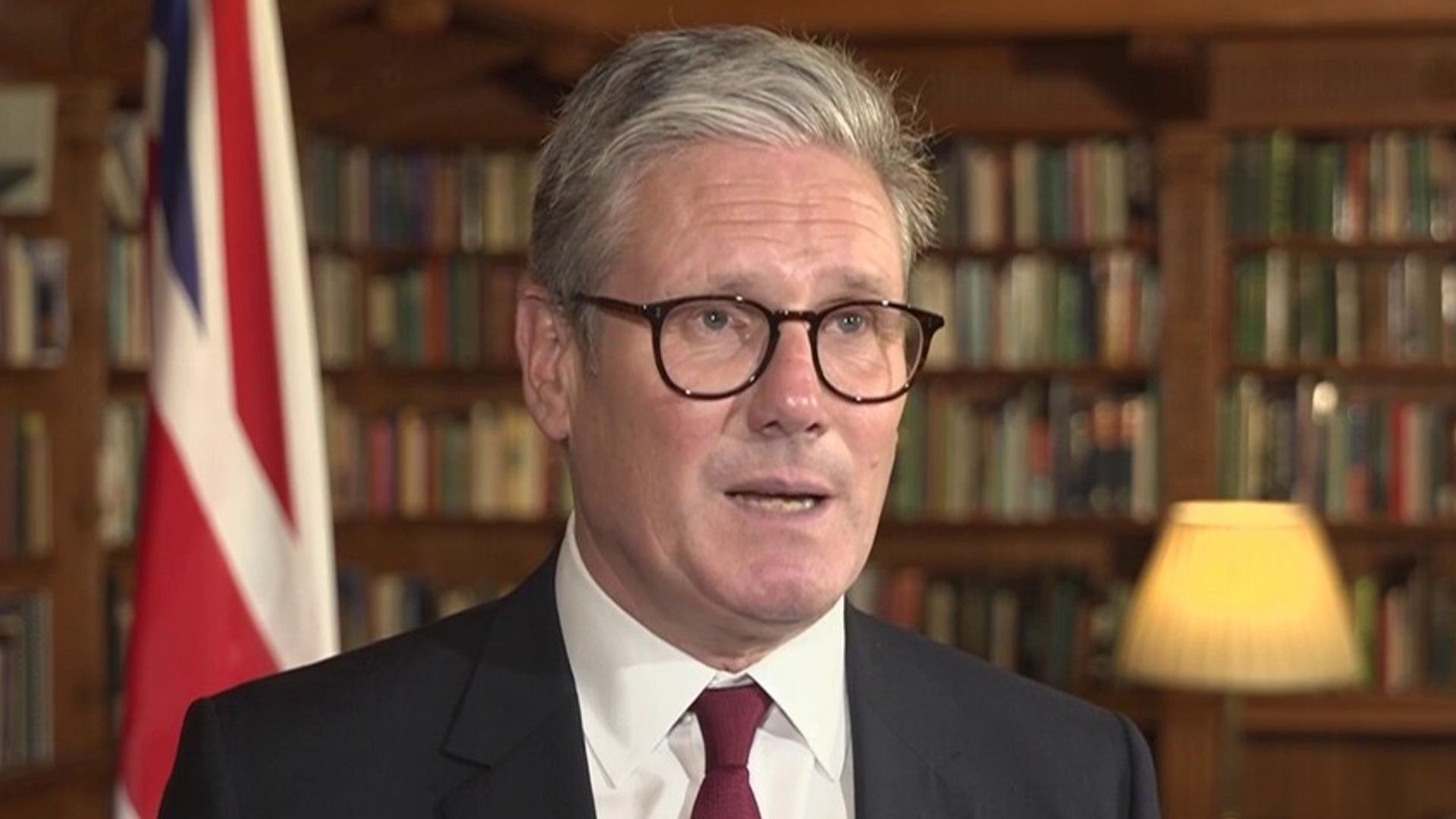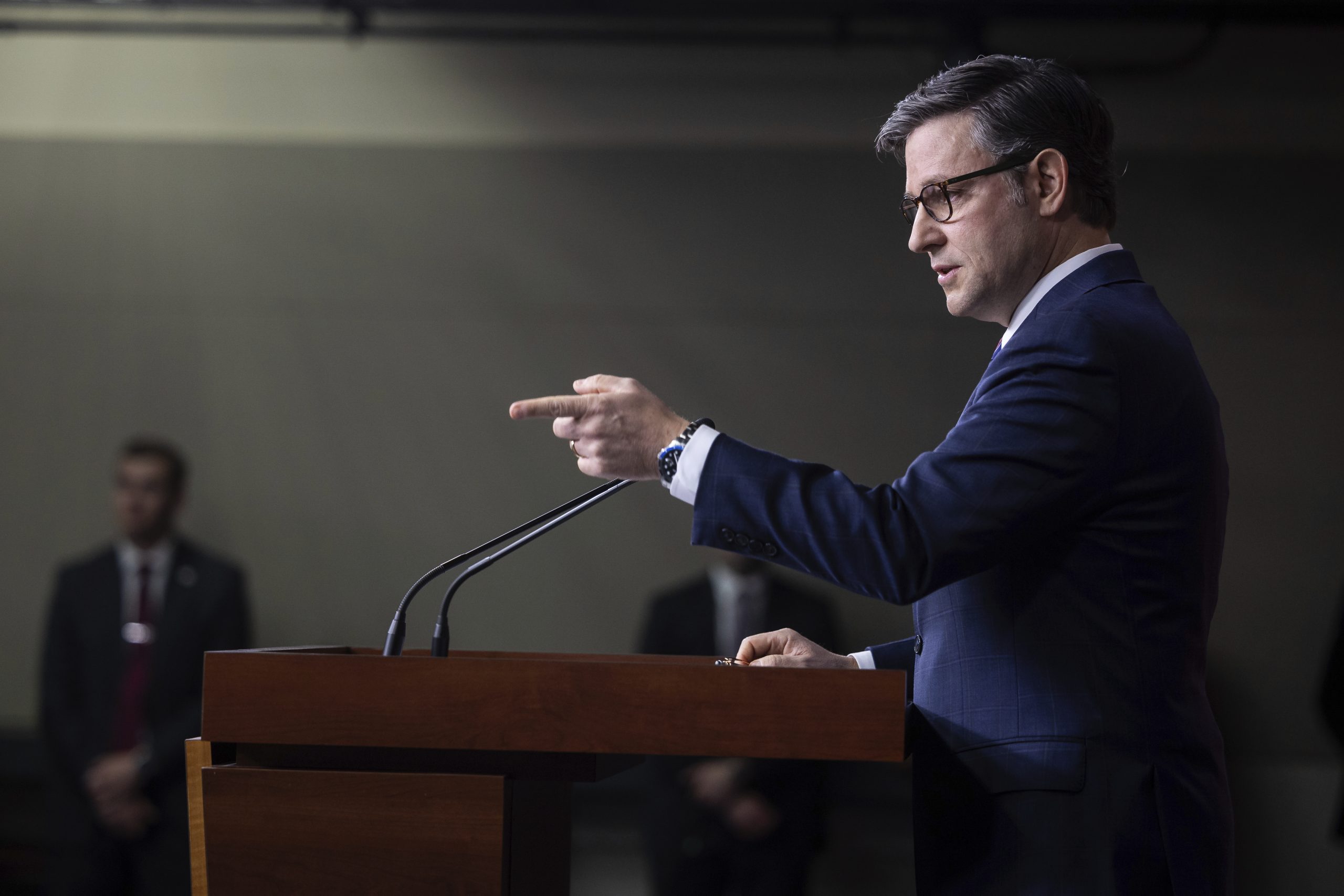Speaker Kevin McCarthy is accelerating the long-stalled push for a unified House GOP strategy in Washington’s high-stakes debt ceiling standoff.
But his opening offer on the debt limit is riddled with potential political pitfalls — including an expiration date that would tee up another high-stakes fiscal fight just months before the 2024 presidential election.
McCarthy and his team plan to present a menu of debt-limit options when Congress returns next week: several types of massive spending cuts, stricter rules for government social programs and new energy policies. House Republicans have a limited time to come together with only four votes to spare as they eye a vote by late May, according to one GOP lawmaker close to the talks.
The party’s list of potential demands — which includes an across-the-board cut to discretionary spending and stricter work requirements on programs like food stamps — is likely to change as House Republicans hash out a formal bill over the coming weeks. One big flashpoint: They’re proposing to raise the debt limit for just one year, triggering another battle over the federal purse in the middle of the 2024 presidential primaries.
The Republican close to the talks, who spoke candidly on condition of anonymity, called leadership’s forthcoming proposal “just an opening salvo” and said there’s no specific whip count of support underway yet.
Meanwhile, the stakes couldn’t be higher for McCarthy. The California Republican must avoid a misstep that would weaken his speakership — which any single frustrated member could force a vote to terminate. And unlike other GOP agenda items, which satisfy the party base despite their slim chances of becoming law, any debt-ceiling moves are bound to draw internal criticism while possibly exacting economic consequences.
McCarthy is slated to deliver a speech Monday at the New York Stock Exchange that’s expected to focus on the debt limit. The flurry of new activity comes as the nation’s borrowing power to pay its bills is set to run out as soon as this summer.
Privately, Democrats close to party leadership said the entire GOP list is a nonstarter. President Joe Biden’s party continues to insist it will accept nothing other than a clean debt limit lift.
In addition, McCarthy will have to contend with several cooks in his own financial kitchen. No less than four factions within his conference are already floating their own ideas as they try to shape McCarthy’s initial bid.
The more centrist Main Street Caucus, in a letter to McCarthy on Thursday, reiterated its support for the California Republican, while outlining its own debt priorities. Those include clawing back unspent coronavirus relief cash, reversing Biden’s student loan relief moves and forming a commission that would propose ways to shore up Medicare and Social security without cutting benefits.
“This letter outlines those proposals that have garnered the most support from our caucus, and we have every confidence they can secure 218 votes in the U.S. House of Representatives,” Main Street Chair Dusty Johnson (R-S.D.) and Vice Chair Stephanie Bice (R-Okla.) wrote. Some of their ideas are also included in GOP leadership’s draft proposal.
The bipartisan Problem Solvers Caucus has also presented its own ideas to members in Zoom meetings over the recess.
And Rep. Kevin Hern (R-Okla.), the chair of the conservative Republican Study Committee, has not only put out its own debt “playbook,” but is now pushing for a specific timeline. Hern is calling for a vote this month, before the House recesses for a week at the start of May.
“The time for discussion is coming to an end. The time for action is now. …We must work night and day to get it passed to show the American people we can be trusted and force the Senate and White House to answer for their dereliction of duty,” Hern added in a letter this week.
That’s in addition to the ultra-conservative House Freedom Caucus, which sparked grumbles from across the conference when it publicly outlined its thinking on the debt ceiling — though its chair, Rep. Scott Perry (R-Pa.), stressed that the group wasn’t making “demands.”
Republicans involved in the talks said their members understand the need to coalesce behind a single debt measure. Their goal: Convince Democrats that they’re serious about slashing spending.
The GOP’s list, which is widely circulating on K Street, does not include not everything that will go into the debt limit bill, according to a half dozen people close to Republican leadership. Rather, it’s a collection of the most popular ideas that have emerged through two months of rank-and-file “listening sessions” with House Majority Whip Tom Emmer (R-Minn.) — six to 10 members at a time — and broader talks led by Rep. Garret Graves (R-La.).
While the party hasn’t formally decided how much in across-the-board spending cuts to support, Republicans are clear that they plan to pare back large chunks of discretionary spending to fiscal year 2022 levels. The GOP’s proposal includes a 1 percent uptick each year after that, though some Republicans have called for more stringent spending cuts.
Others in the GOP conference are agitating for caps on defense spending, too, creating another likely conflict with colleagues who don’t want to trim the Pentagon.
What’s not included in the emerging GOP proposal: A conservative push to claw back $80 billion for tax enforcement that was included in Democrats’ tax, climate and health bill last year. Also left out are border policies pushed by Rep. Chip Roy (R-Texas) and others on the right.
Caitlin Emma, Meredith Lee Hill, and Olivia Beavers contributed.
















